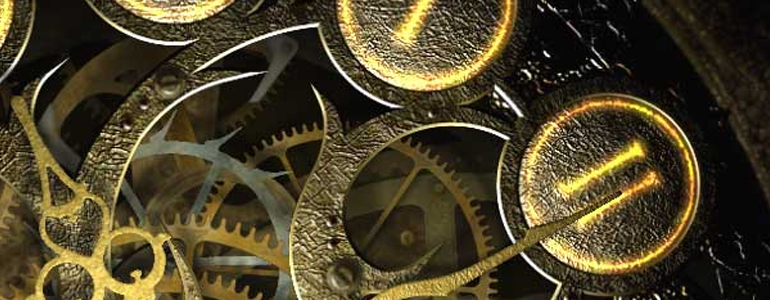
Action Point systems in PC games are becoming more frequent in turn based combat. The advantage of implementing Actions Points for a turn based system is its simplicity and flexibility.
Simplicity
It is easier for a new player to understand they have an allotment of points to be spent doing actions in a single turn, compared to a turn being divided into a movement phase and a combat phase. In addition, having point cost for all actions is easier to understand for new players then having a list of different action types, some of which can only be used during certain phases of a turn.
Flexibility
With Action Points the player can spend points on either movement or doing multiple actions in a turn. Movement being broken down into point cost for distance traveled allows the player greater management to optimize movement and actions and chose when to do each.
Table Top Turn System works, why change it?
Combat for table top games, that don’t limit the player’s actions, takes a lot of game time. Often we blame players for slow decision making, but many decisions take time because the player is verifying the rules. In this situation game rules are more complex than needed, although, many games with simple combat systems are because they offer limited action choices.
Action Points and Time
Action Points are usually based on a character attribute, thus some characters get more action points than others and in some games Action Points can be carried over from one turn to another. In both cases I see some balancing issues, mainly with how twice as many actions for a single character can fit in the same amount of turn time.
Cyber Run
For Cyber Run, a science fiction RPG set in the future, each Action Point is equivalent to a unit of time. Currently I am considering two different units of time either a six second turn or a three second turn. A six second turn would give each character the same amount of Action Points for moving and doing actions. A three second turn would give each character only a single action, either move or doing an action.
The six second turn is more common for table top games and easier to incorporate complex actions like a Bull Rush. The three second turn could speed up combat time by simplifying the available action choices. This would also allow characters to interrupt the complex actions of others. Complex actions would be actions that take more than one turn.
